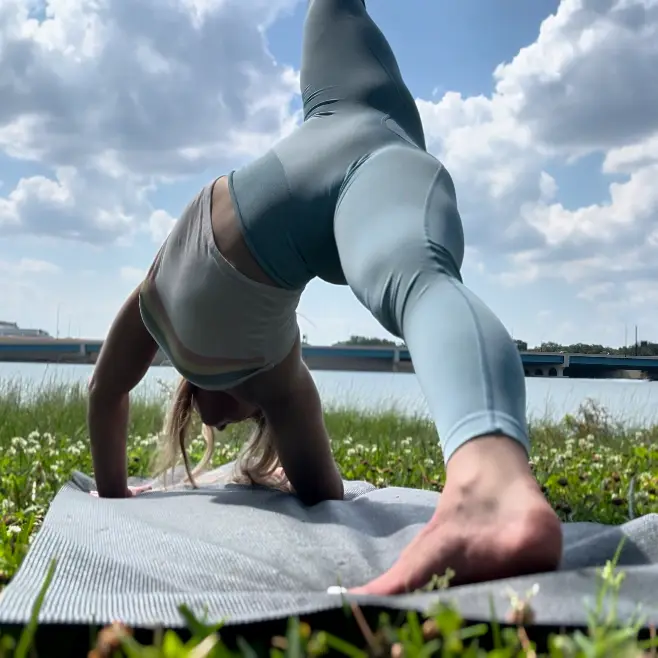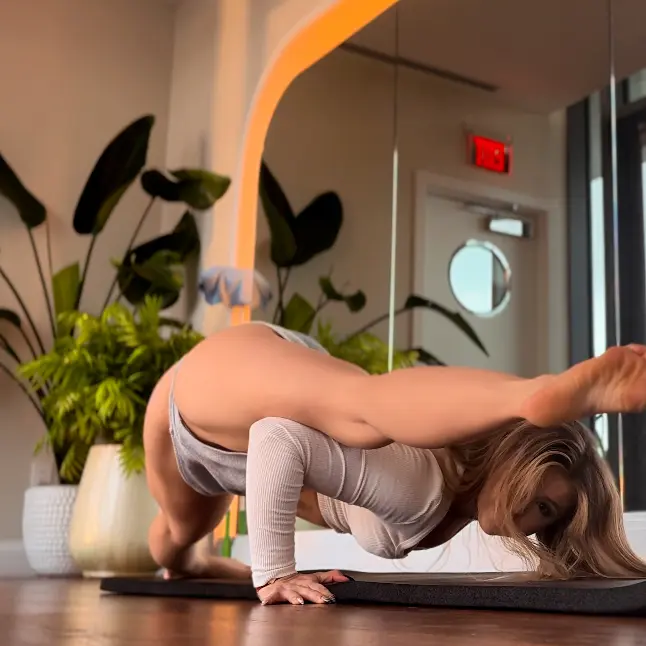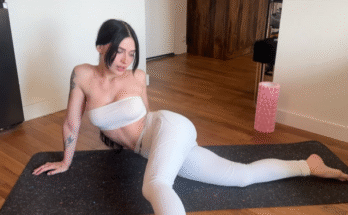
The human body is a marvel of fluid motion and subtle power. Among its many wonders, the waist—where torso meets hips—stands out as a center of grace, strength, and rhythm. “Waist flow” is not just a movement; it is an expression of life, energy, and the connection between body and soul. It is the bridge between our foundation and our expression, linking every step, twist, and turn into a harmonious whole.
When we talk about waist flow, we are speaking about movement that emanates naturally from the core. It is the subtle sway when walking, the twist during dance, or the controlled bend in yoga. The beauty of waist flow lies in its ability to combine control and freedom. Every muscle along the waistline—the obliques, the transverse abdominis, the lower back muscles—plays a role in maintaining balance while allowing fluid motion. Proper waist flow requires awareness: the mind must guide the body with gentle intention, coaxing the muscles into rhythmic patterns rather than rigid positions.
In dance, waist flow is central to creating mesmerizing performances. From belly dance to contemporary styles, from salsa to hula, the movement of the waist dictates the energy of the dance. A dancer’s strength lies not only in precise footwork or expressive arms but in the subtle rotations, circles, and waves of the waist. These movements convey emotion: joy, seduction, mystery, and vitality. The audience may not consciously notice each muscle, yet they feel the impact—the motion creates a visual language that transcends words.
Consider belly dancing as an example. Every undulation and shimmy begins with a concentrated awareness of the waist. The dancer isolates muscles, alternating contractions and releases, creating a ripple that travels from ribs to hips. This is waist flow in its purest form: a controlled yet effortless-looking motion that tells stories without a single spoken word. Even outside of performance, these principles apply. Simple gestures, like twisting while picking up a cup or turning to greet a friend, engage waist flow naturally when we pay attention to posture and movement quality.

Waist flow is not only aesthetic; it is functional. A strong, flexible waist protects the lower back and improves overall mobility. When the waist moves freely, energy transfers smoothly from the legs to the upper body, enhancing athletic performance, balance, and coordination. Martial artists, gymnasts, and athletes understand that power starts in the core. The waist is the axis around which all motion rotates, and mastering its flow allows for controlled strength without strain.
Yoga teaches waist flow in a different way. In poses like twists or side bends, the practitioner elongates and strengthens the obliques while opening the spine. The flow is subtle but transformative. Each breath encourages the waist to move with the inhale and exhale, integrating body and mind. Waist flow in yoga is meditative: it reminds us that motion is not only physical but also energetic. The more freely the waist can move, the more energy circulates through the body, promoting vitality and emotional balance.
Even in daily life, waist flow has its significance. Consider walking with intention. When we consciously engage our waist, each step becomes graceful, light, and balanced. The sway of the hips, the gentle rotation of the torso, the alignment of shoulders—all contribute to an elegant presence. Waist flow can also improve posture. Slouching often restricts natural movement, causing tension and discomfort. By reconnecting with the waist and core, we rediscover ease in motion and comfort in our own bodies.
Waist flow is deeply tied to rhythm. Music, naturally, enhances it. The body responds instinctively to beats and melodies, and the waist becomes the translator of sound into motion. Whether it’s the soft sway to a slow ballad or the sharp twists to a lively samba, the waist interprets rhythm through movement. For dancers and non-dancers alike, this connection between music and waist flow fosters creativity, emotional release, and joy. Even gentle exercises like waist circles or twists can become playful meditations, enhancing awareness and emotional well-being.

Children, in their natural play, often exhibit waist flow effortlessly. Watch a child running, jumping, or dancing spontaneously. The movement is uninhibited and free, with the waist naturally integrating upper and lower body motions. As we grow older, stiffness and self-consciousness can limit this natural flow. Waist flow, then, becomes a practice—a way to reconnect with innate bodily intelligence. Stretching, strengthening, and mindful movement all cultivate this flow, allowing us to move with fluidity and expressiveness once again.
Cultural traditions also celebrate waist flow. From African dances to Latin dances, Indian classical movements to Polynesian hula, the waist is the storyteller. Each culture interprets waist flow differently, yet the underlying principle remains: the waist connects intention, energy, and expression. These movements honor the body’s capacity to communicate beyond words, bridging generations through rhythm, storytelling, and communal celebration.
Practicing waist flow can be simple. Start with standing twists, hip circles, or gentle side bends. Engage the core, maintain upright posture, and focus on the sensation of movement rather than speed or perfection. Let the waist move freely, coordinating with breath and intention. Gradually, add more complex patterns: figure-eights, waves, or shimmies. With practice, the flow becomes second nature, not only enhancing flexibility and strength but also creating a sense of grace in everyday motion.
The psychological benefits of waist flow are profound. Movement releases tension, stimulates endorphins, and creates a mind-body connection. As the waist moves, the spine elongates, posture improves, and energy circulates more freely. Emotional expression emerges naturally. Sadness may dissipate through gentle twists; joy manifests in playful shimmies; confidence radiates in upright, fluid posture. Waist flow is, in essence, a moving meditation—an opportunity to reconnect with oneself through rhythm, breath, and bodily awareness.

In modern fitness, waist flow has gained popularity through functional training, dance fitness classes, and mindful movement practices. Trainers emphasize core engagement, rotational mobility, and dynamic stretches. Waist flow is recognized as a pillar of movement efficiency, injury prevention, and athletic enhancement. Beyond fitness, it has therapeutic applications in physical rehabilitation, stress reduction, and mindfulness practices. It reminds us that movement is more than exercise—it is a language, a form of self-expression, and a tool for holistic health.
Ultimately, waist flow is a celebration of the human body’s adaptability and grace. It is the dance between strength and softness, control and freedom, intention and instinct. By nurturing waist flow, we not only improve physical capability but also deepen our connection with ourselves, our emotions, and the world around us. Whether through dance, yoga, sports, or daily activities, the waist becomes the center of fluid motion—a hub where energy, expression, and vitality converge.
Every movement of the waist tells a story. It can whisper, shout, or sing. The way we move can reflect joy, confidence, sensuality, or playfulness. Paying attention to waist flow allows us to inhabit our bodies fully, embracing both the aesthetic and functional aspects of motion. It is a practice of awareness, a journey toward freedom, and a way to experience the poetry inherent in every motion of our lives.
In the end, waist flow is more than a concept or a technique—it is a philosophy of movement. It is the art of letting the body move naturally while harnessing the strength of the core. It is the dance between effort and ease, discipline and spontaneity. By exploring waist flow, we learn not only about our bodies but also about our capacity for expression, resilience, and joy.
So, stand tall, breathe deeply, and let your waist flow. Twist, sway, and move with intention. Feel the energy rise from your center, radiate through your limbs, and manifest in every step. Waist flow is not just motion—it is life in rhythm, a dance of vitality, and a reminder that the body is both a tool and a canvas for expression. Let it flow freely, and you will discover the grace, power, and beauty that has been within you all along.



